Oxy-acetylene welding (OAW), also known as gas welding, is one of the oldest and most versatile methods of welding, relying on a flame generated by the combustion of oxygen and acetylene. This process has been used for decades in industries ranging from automotive repair to metal fabrication and construction. It allows welders to join metals together by melting the base materials at their joints and using a filler rod if necessary.
One of the reasons oxy-acetylene welding remains popular is due to its simplicity, portability, and ability to weld a wide range of metals, including steel, aluminum, and copper. Whether you are a hobbyist or a professional, this welding technique offers a lot of flexibility and effectiveness for both light and heavy-duty applications.
Oxy-Acetylene Welding Process
The oxy-acetylene welding process uses a combination of two gases – oxygen and acetylene – which are stored in separate cylinders and then mixed through a torch to create a controlled flame. Here’s a breakdown of how the process works:
- Setup: The welder first connects the oxygen and acetylene tanks to the torch, adjusting the regulators to control the flow of gas. The appropriate gas mixture is achieved by adjusting the ratios of oxygen and acetylene. The oxygen is typically set to flow at a higher rate than acetylene to achieve the desired flame characteristics.
- Igniting the Flame: After the gases are flowing correctly, the welder ignites the mixture with a spark lighter. The resulting flame is intensely hot and has a temperature range that can exceed 3,200°C (5,800°F), depending on the mixture of gases. The welder can adjust the flame to be either neutral (balanced oxygen and acetylene) or slightly carburizing (excess acetylene) or oxidizing (excess oxygen), depending on the needs of the material being welded.
- Heating the Metal: The welder then directs the flame onto the joint area of the metal to be welded. The intense heat melts the edges of the workpieces, causing them to fuse together. If additional filler material is required, the welder will feed a filler rod into the molten pool to complete the weld.
- Solidification and Cooling: After the molten metal has been formed, the welder removes the flame and allows the joint to cool naturally. The resulting weld is a strong bond between the metals.
- Post-Weld Inspection: Once the metal has cooled and solidified, the weld area may be inspected visually or tested for strength. In some cases, additional finishing or grinding might be necessary to smooth the weld or remove any slag.
Oxy-acetylene welding is commonly used for tasks such as welding thin sheets of metal, brazing, cutting metal, and even soldering in certain applications. The process is also highly portable, making it ideal for fieldwork or locations without access to more complex power sources.
Pros and Cons of Oxy-Acetylene Welding
While oxy-acetylene welding offers a wide range of benefits, there are also some limitations that should be considered before choosing it as the welding method of choice. Below are the main pros and cons of oxy-acetylene welding:
Pros
- Portability: One of the major advantages of oxy-acetylene welding is its portability. Since it doesn’t require electricity and only uses portable gas cylinders, it is ideal for fieldwork or remote locations where access to electricity might be limited.
- Versatility: Oxy-acetylene welding is capable of welding a wide variety of metals, including ferrous and non-ferrous materials like steel, aluminum, brass, copper, and even certain alloys. It can also be used for cutting, brazing, and soldering, adding to its overall versatility in metalworking.
- Low Equipment Cost: Compared to other welding processes, the initial investment in oxy-acetylene welding equipment is relatively low. This makes it an affordable option for small businesses or hobbyists just starting out with welding.
- No Need for Electricity: Since it uses a gas-powered flame rather than an electric arc, oxy-acetylene welding is particularly useful in environments where there is no access to electrical power or where electrical equipment might pose a safety hazard, such as in explosive environments.
- Precise Control: The welder has complete control over the flame, which allows for precise welding of small or delicate components. The size and heat intensity of the flame can be adjusted to suit the material and thickness being worked with.
- Good for Thin Materials: Oxy-acetylene welding is especially effective for joining thin metals, making it ideal for repairs or projects that require detailed work on light-gauge metal.
Cons
- Slower Than Other Welding Processes: One of the main drawbacks of oxy-acetylene welding is its relatively slow speed compared to other methods like MIG or TIG welding. The process requires the welder to manually control the flame and often works at a slower pace, which can make it less efficient for large-scale production.
- Heat Affected Zone (HAZ): The high temperature of the oxy-acetylene flame can cause the surrounding metal to become overheated, resulting in a larger heat-affected zone (HAZ). This can affect the strength and integrity of the material, particularly for metals that are sensitive to heat distortion, like aluminum or high-carbon steel.
- Limited Thickness Capability: While oxy-acetylene welding works well for thinner materials, it is not ideal for welding thick metal sections. For thicker materials, other welding techniques like MIG, TIG, or Stick welding might be more efficient and effective.
- Requires Skill and Experience: While oxy-acetylene welding is accessible, it does require a high level of skill to produce clean, strong welds. The welder must control the flame, filler rod, and heat application with precision to achieve optimal results, which can take some practice.
- Fumes and Gas Safety: The burning of acetylene and oxygen can produce fumes, and improper handling of the gases can lead to safety hazards such as leaks or explosions. Adequate ventilation and proper safety precautions are necessary to ensure safe operation.
- Not Ideal for Automated Production: While oxy-acetylene welding is great for small-scale projects or repairs, it is not well-suited for automated or high-speed production lines, where processes like MIG or TIG welding are more efficient.
Conclusion
Oxy-acetylene welding is a versatile and portable process that remains a staple in many industries for its ability to weld a wide range of metals and provide precise control over the welding process. It is especially valuable for small-scale projects, repairs, and situations where portability and low equipment costs are critical. However, it is slower and less suitable for thick materials or large-scale production environments, and it requires a high level of skill to master. For those who need a reliable, cost-effective, and flexible welding solution, oxy-acetylene welding continues to be a solid choice. Whether you’re a hobbyist working on a small project or a professional in need of a reliable field tool, this gas welding method offers unmatched versatility and ease of use.

